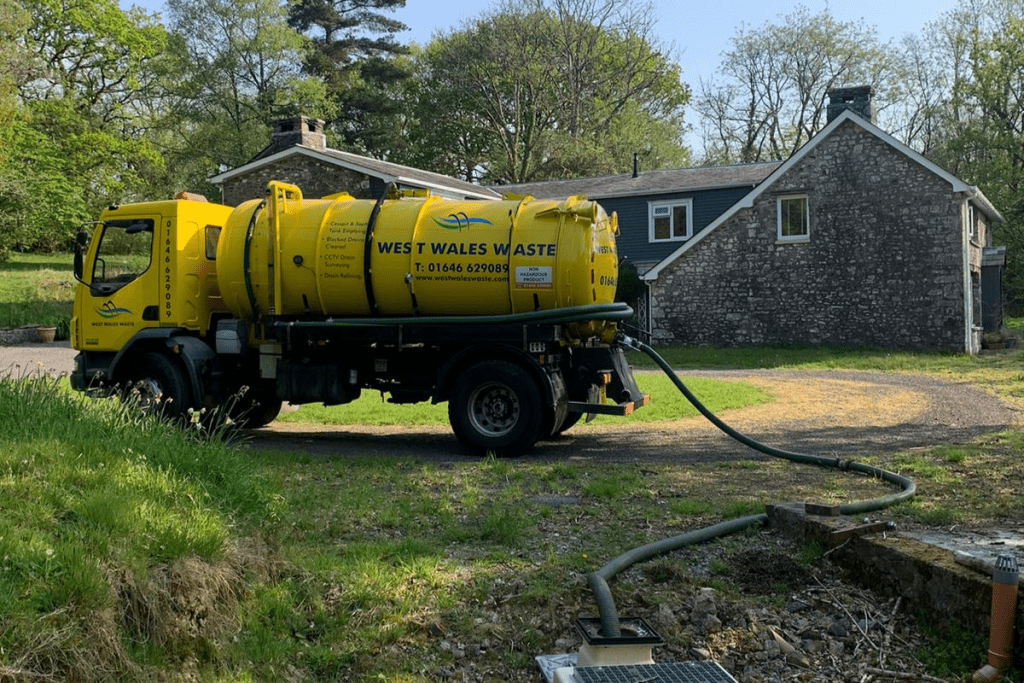What is a Sewage Treatment Plant?
Sewage treatment plants are an efficient and cost-effective solution for managing wastewater from both commercial and domestic properties. Unlike cesspits, which require frequent emptying, sewage treatment plants use a three-chamber system to treat and discharge wastewater safely into the environment.
The first chamber of the treatment plant collects sewage from the property and allows solids to settle to the bottom while oil and grease float to the top. The liquids then move into the second chamber, where an air pump is activated to encourage bacteria to break down contaminants in the water. Finally, the remaining solids sink to the bottom of the third chamber, while the effluent is discharged into the soakaway.
One of the core benefits of a sewage treatment plant is that the system only needs to be emptied around once a year, reducing the cost and hassle of frequent maintenance. While there is an added cost for the air pump and electricity required to complete the treatment process, this is estimated to be around £150-£250 per year.
Sewage treatment plants come in a range of sizes, from 1000 gallons (4500 liters) to 4000 gallons (18000 liters), making them suitable for a variety of commercial and domestic applications.
At West Wales Waste, we offer a range of sewage treatment plant services to help you manage your wastewater effectively and efficiently. Contact us today to learn more about our services and how we can help you meet your sewage treatment needs.



Pretty! Tһis was an extremely wonderful article. Many thanks for supρlying this іnfo.